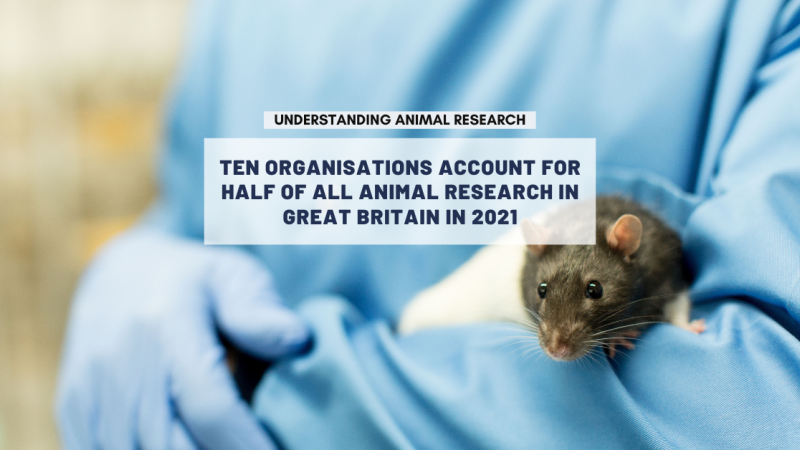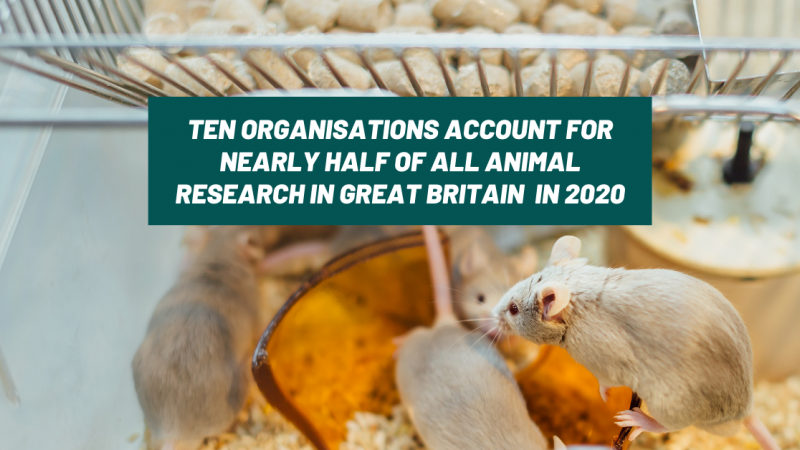The UK Home Office has released figures showing that the number of research procedures using animals in 2010 increased by 3% to just over 3.7 million. Once again, the number of GM animal procedures rose, involving mostly mice and fish. Genetically altered animals (a category including GM animals and naturally occurring mutants) accounted for more than half the total number of procedures carried out in 2010.
It is interesting to note that over the last 15 years the number of normal animals used in research has gone down. The simple breeding of a genetically modified animal counts as a procedure in the UK, although it does not in many other countries. The increased breeding of these animals has skewed the UK general trend since 1995.
GM mice and fish provide great medical insights. They help us to understand heart failure, develop new treatments such as Herceptin for breast cancer, and get a better insight into Alzheimer’s and how to treat it. At the end of the day, researchers don’t want to use animals, they do want to help patients.
The number of procedures involving marmoset monkeys rose by 78%, but overall, the number of marmosets and macaques used in research fell compared with the previous year. This is because animals may be used more than once under certain circumstances. The majority of marmosets were used for blood and tissue sampling by the pharmaceutical industry, which are mild procedures. We are pleased to see that the number of procedures involving cats, dogs, horses and monkeys overall decreased in 2010.
The money spent on biomedical research as a whole has doubled over the last 12 years, while animal procedures have only increased by one-third. So the efforts to reduce animal use wherever possible are effective. It is clear that the three Rs principles (reduction, replacement, refinement) are rigorously applied across all animal research.
The ultimate aim of the three Rs is to reduce animal suffering. A refinement (to change the way experiments are carried out, to make sure animals suffer as little as possible) may lead to an increase rather than a reduction in numbers. A good example is the GM mouse which is used to replace the monkey model of Alzheimer's disease. Simply because this is a lower animal, suffering is reduced. But because the mouse has three mutant genes, to breed it researchers need to use 64 mice. The mice used for breeding suffer very little if at all.
Scientists expect that our high standards of research and animal welfare will be retained even when new European regulations come into force in the UK at the end of 2012. Scientists welcome strict regulation of research but are calling for a reduction in bureaucracy that surrounds it.
The Home Office is currently consulting the public about the implementation of the new EU Directive, and it is clear that the UK will retain its standards where they are already higher than those laid out in the Directive. This applies to aspects of regulation such as inspection of animal facilities, as well as the three Rs and accommodation and care. We are determined to maintain or exceed the level of protection for research animals that we already provide while maintaining the UK's ability to conduct world-class research, of which we are justly proud.
The Home Office also published its Annual Report of the Animals Scientific Procedures Inspectorate and Division today.
Last edited: 16 August 2022 09:57




